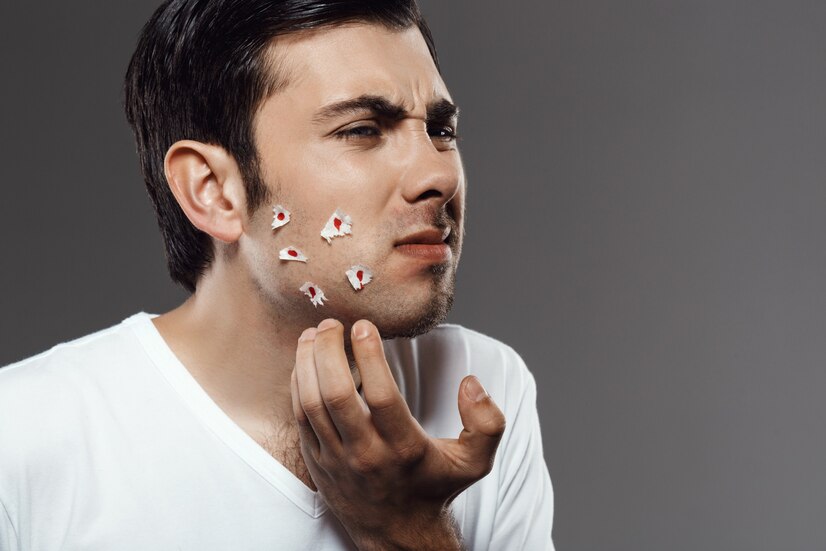Blisterata is a skin condition that affects individuals of all ages. Recognized by its distinctive blister-like formations on the skin, Blisterata can cause discomfort and may lead to complications if not addressed promptly. In this article, we will explore the causes, symptoms, and treatment options for Blisterata, along with practical tips on prevention and management.
What is Blisterata?
Blisterata is a dermatological condition characterized by the formation of fluid-filled blisters on the skin. These blisters are often accompanied by redness, itching, and pain. The condition can affect any part of the body, though it is most commonly observed on the hands, feet, and areas subjected to friction or pressure.
Causes of Blisterata
Blisterata can result from a variety of factors. Understanding these causes is essential for both prevention and treatment.
Common Causes
- Friction: Continuous rubbing or pressure on the skin can lead to the development of Blisterata. This is often seen in athletes or individuals who wear ill-fitting shoes.
- Allergic Reactions: Exposure to allergens, such as certain chemicals, plants, or fabrics, can trigger Blisterata in susceptible individuals.
- Infections: Bacterial or viral infections may cause Blisterata, particularly if the skin has been previously compromised.
- Burns: Heat or chemical burns can result in Blisterata, with blisters forming as a natural protective response by the body.
Symptoms of Blisterata
Identifying the symptoms of Blisterata early can help in seeking timely medical intervention.
Key Symptoms
- Blisters: The primary symptom of Blisterata is the appearance of blisters on the skin, which may be small or large depending on the severity of the condition.
- Redness: The skin surrounding the blisters often becomes red and inflamed.
- Itching: Many individuals with Blisterata experience intense itching around the affected area.
- Pain: Blisters can be painful, especially if they rupture or become infected.
- Swelling: In some cases, the skin around the blisters may swell, adding to the discomfort.
Diagnosing Blisterata
Accurate diagnosis is crucial for effective treatment. Healthcare providers use several methods to diagnose Blisterata, including physical examination and laboratory tests.
Diagnostic Techniques
- Physical Examination: A dermatologist will inspect the blisters and surrounding skin to determine the nature and cause of Blisterata.
- Skin Biopsy: In some cases, a small sample of the affected skin may be taken for laboratory analysis to rule out other conditions.
- Allergy Tests: If an allergic reaction is suspected, tests may be conducted to identify the specific allergen responsible for the outbreak.
Treatment Options for Blisterata

Treating Blisterata effectively requires a multifaceted approach. Below are the primary treatment methods used to manage this condition.
Medical Treatments
- Topical Ointments: Creams and ointments containing corticosteroids or antibiotics are often prescribed to reduce inflammation and prevent infection.
- Oral Medications: In cases where Blisterata is severe or widespread, oral medications such as antihistamines or steroids may be recommended.
- Bandaging: Protecting the affected area with bandages can prevent further irritation and promote healing.
- Surgery: In rare cases where blisters do not respond to other treatments, surgical intervention may be necessary to remove the affected tissue.
Home Remedies
- Aloe Vera: Applying aloe vera gel to the blisters can soothe the skin and accelerate healing.
- Cool Compresses: Using a cool compress on the blisters can reduce pain and swelling.
- Hydration: Keeping the skin well-hydrated can prevent blisters from drying out and cracking.
- Rest: Avoiding activities that aggravate the blisters is essential for recovery.
Preventing Blisterata
Prevention is always better than cure. Here are some strategies to reduce the risk of developing Blisterata.
Preventive Measures
- Wear Proper Footwear: Ensure shoes fit well and provide adequate support to avoid friction.
- Use Protective Gloves: When handling chemicals or engaging in activities that may cause friction, wear gloves to protect your hands.
- Stay Hydrated: Keeping the skin hydrated makes it less prone to cracking and blistering.
- Avoid Allergens: Identify and avoid substances that trigger allergic reactions.
- Practice Good Hygiene: Regular handwashing and skincare routines can reduce the risk of infections that may lead to Blisterata.
Blisterata in Different Age Groups
Blisterata can affect individuals differently depending on their age. Understanding these variations can aid in more personalized treatment and care.
Blisterata in Children
Children are particularly susceptible to Blisterata due to their delicate skin and high activity levels. Parents should monitor their children’s skin for early signs of Blisterata and ensure they wear appropriate clothing and footwear.
Blisterata in Adults
Adults may develop Blisterata due to occupational hazards, such as prolonged standing or exposure to chemicals. Additionally, autoimmune disorders that are more common in adulthood can contribute to the condition. Adults should take proactive steps to protect their skin and seek medical advice if they notice persistent blisters.
Blisterata in the Elderly
In elderly individuals, Blisterata can be more severe due to thinner, less resilient skin. The condition may be exacerbated by underlying health issues or medications that affect skin integrity.
Complications Associated with Blisterata
While Blisterata is generally manageable, it can lead to complications if not treated properly. Being aware of these risks can help in taking preventive measures.
Potential Complications
- Infection: Open blisters are susceptible to bacterial infections, which can complicate the condition and require more intensive treatment.
- Scarring: Severe or recurrent Blisterata can lead to scarring, particularly if the blisters are not properly cared for.
- Chronic Pain: In some cases, Blisterata can result in long-term pain, especially if the blisters repeatedly form in the same area.
- Impaired Mobility: Blisters on the feet or hands can limit mobility, affecting daily activities.
Managing Blisterata in Everyday Life
Living with Blisterata can be challenging, but with the right strategies, it is possible to manage the condition effectively and maintain a good quality of life.
Practical Tips for Managing Blisterata
- Regular Moisturization: Keeping the skin moisturized can prevent blisters from forming and ease existing symptoms.
- Avoid Triggers: Identify and avoid activities or substances that trigger Blisterata.
- Use Comfortable Clothing: Wearing soft, loose-fitting clothes can reduce friction and pressure on the skin.
- Consult a Dermatologist: Regular consultations with a dermatologist can help in monitoring the condition and adjusting treatments as necessary.
Frequently Asked Questions about Blisterata
Is Blisterata contagious?
Blisterata itself is not contagious. However, if the blisters are caused by an infection, the underlying infection may be contagious.
How long does it take for Blisterata to heal?
Healing time for Blisterata varies depending on the severity and treatment. Mild cases may resolve within a few days, while more severe cases can take weeks to heal.
Can Blisterata affect other parts of the body?
While Blisterata commonly affects areas prone to friction, such as the hands and feet, it can occur on any part of the body, especially where there is skin irritation.
What should I do if a blister pops?
If a blister pops, clean the area with soap and water, apply an antibiotic ointment, and cover it with a sterile bandage to prevent infection.
Are there any foods that can help prevent Blisterata?
A diet rich in vitamins A, C, and E, as well as zinc, can promote healthy skin and may help in preventing Blisterata. Staying hydrated is also important.
Conclusion
Blisterata, while often uncomfortable, is a manageable condition with the right approach. Understanding its causes, symptoms, and treatment options is key to effectively dealing with the condition. By taking preventive measures and seeking appropriate treatment, individuals with Blisterata can minimize their symptoms and improve their quality of life.

